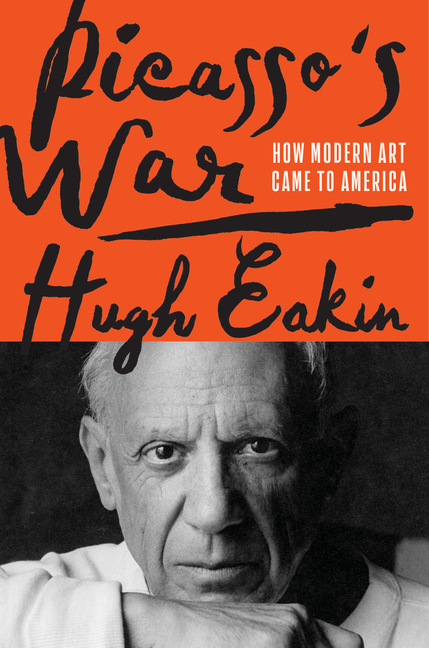... fascinating, immensely readable ... Eakin, though not a professional art historian (he is a senior editor at Foreign Affairs), has mastered this material, read a mountain of sources and synthesized them skillfully, and he manages to braid aesthetics with history with personal details about the leading individuals’ love lives, adulteries and divorces ... Some of his prose tics are irksome, such as providing thumbnail portraits of each character, which all start to sound the same; his novelistic, presumptuous inhabiting of historical people’s interiority in scenes, and his habit of holding off the name of each new person or painting title until he has given a lengthy description of same ... But once Eakin has introduced all the key figures and set them in motion, the book soars. His achievement is keeping the complex plotline moving, while offering sharp insights and astute judgments. He ends the book in dramatic fashion, tracing Rosenberg’s desperate attempt to escape the Third Reich’s tightening grip and relocate to the United States via Portugal — fortunately succeeding, with the aid of a warm letter of support from Alfred Barr.
Read Full Review >>

